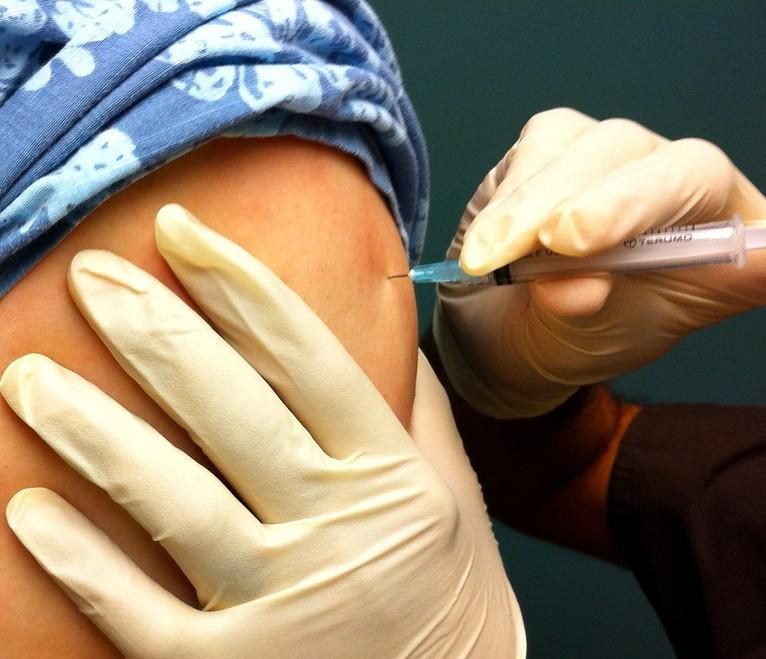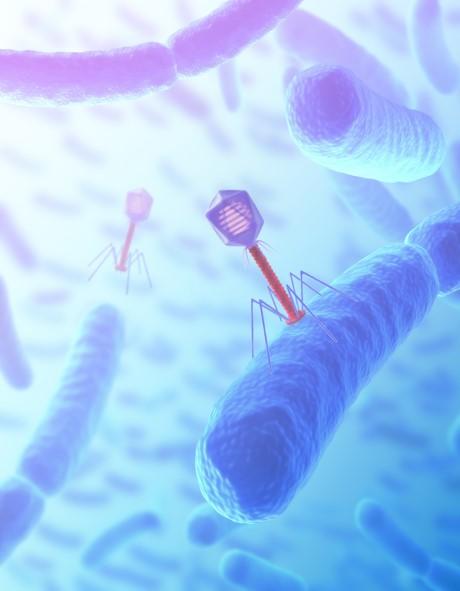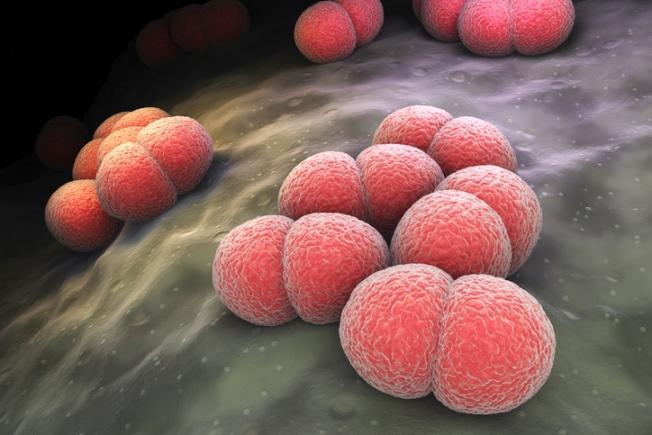The US Department of Agriculture (USDA) Animal and Plant Health Inspection Service (APHIS) today reported 15 more H5N1 avian flu detections in Idaho dairy cattle, which over the past several weeks have become the nation's epicenter of virus activity.
.jpg)
The pace of detections picked up in March, and the state has now reported 86 confirmations in dairy cows, the nation's second most behind California. The latest detections push the national total since March 2024 to 1,047 from 17 states.
The Idaho State Department of Agriculture said 59 herds in four counties are in quarantine. Most are in Gooding (34 herds) and Jerome (17) counties, but there are also a few in Twin Falls (7) and Cassia (1) counties. All are located near each other in the far south-central part of the state.
Idaho is the nation's third-largest milk producer and has more than 350 family-owned dairy farms, according to the agriculture department's dairy bureau.
Mammal detections, vaccine deal
In other H5N1 developments, APHIS reported 10 more H5H1 detections in mammals besides livestock from six different states. Most positive samples were collected in late March and into April. One case involved a domestic cat in Weld County, Colorado. The others were wildlife, including skunks from California and Colorado, a raccoon from New York, foxes from Virginia and Texas, and a weasel from Washington state.
Elsewhere, the European Commission this week announced a procurement commitment with CSL Seqirus that would allow 17 countries the opportunity to buy up to 27,403,200 million doses of pandemic flu vaccine as part of pandemic flu preparedness. The agreement would secure the vaccine if the World Health Organization or European Union declares a flu pandemic.














